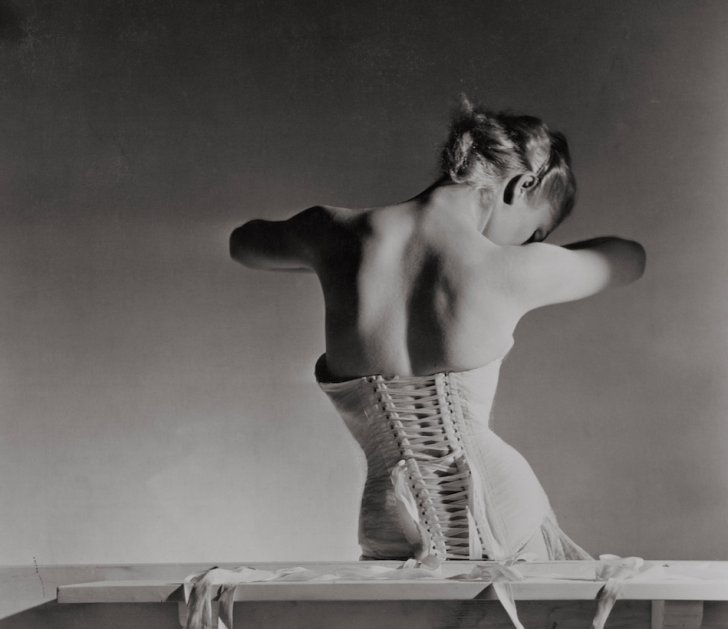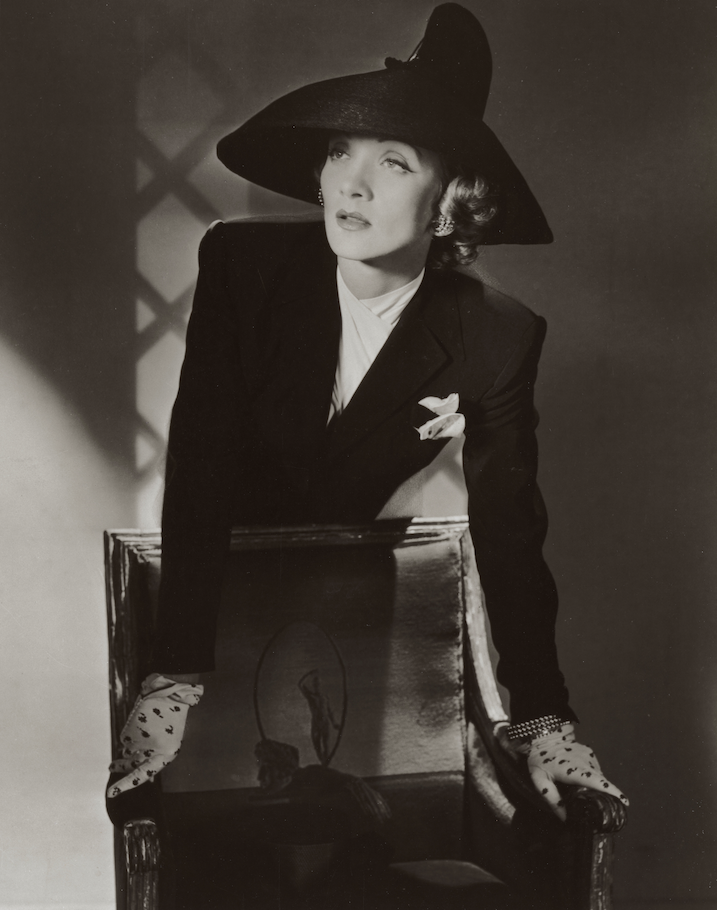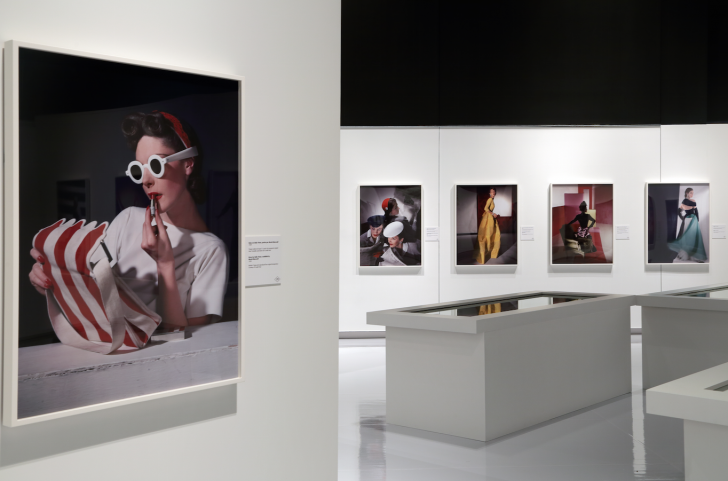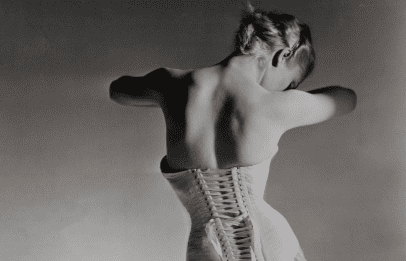More than 250 vintage shots that showcase the gay sensibility of the proudly out, German-born photographer are now on display at Montreal’s McCord Museum. Horst: Photographer of Style is the first major retrospective of the iconic 20th century fashion photographer Horst P Horst, whose male nudes influenced everybody from Robert Mapplethorpe to Bruce Weber.

Produced by London’s Victoria and Albert Museum and curated by Susanna Brown of the V&A, the exhibition makes its first international stop at the McCord.
“I began thinking about this exhibition more than five years ago when I visited the Horst estate in America,” Brown says. “The more I looked at his work, the more I struggled to understand why he isn’t as revered as his fellow photographers of the last century, like Richard Avedon and Cecil Beaton, who have become household names.”
Horst’s works are prolific in pop-culture: in the music video for her 1990 hit song “Vogue,” Madonna posed in recreations of some of Horst’s Vogue magazine and Hollywood glamour shots, notably his 1939 photo “Mainbocher Corset.” This iconic photo is on display in this exhibition.

“Interestingly, the images of Horst are familiar to people, but his name is not,” Brown says. “I’m not entirely sure why that is, but after interviewing colleagues, friends and family, I think it came down to Horst’s own modesty, his own disbelief that these photographs would be worth anything outside the confines of magazines.”
The McCord’s beautifully laid-out exhibition is divided into several sections with different themes.The haute couture photographs, for example, showcase the first models and couturiers from the 1930s, complete with garments by Chanel, Lanvin, Molyneux and Vionnet. Another section showcases Horst’s Hollywood portraits of such gay icons as Marlene Dietrich, Joan Crawford, Bette Davis, Noël Coward and Rita Hayworth.

After wandering through the low-lit exhibition (to better accentuate the black and white photos), visitors step into the rich and vibrant section showcasing the colour photography of the man who produced nearly 100 covers for Vogue for over 60 years.
“Horst was also quick to adapt new photographic technologies in the 1930s during his transition from black and white to colour photographs,” Brown explains. “Black and white is one language, and colour is another. That was a transition many of his contemporaries struggled with. Not every photographer who started in black and white was able to see the world in colour.”
Horst got his start in photography after moving to Paris in his early 20s. He became the photographic assistant, model and lover of Russian photographer Baron George Hoyningen-Huene, who was working for Vogue Paris at the time. Horst was hired by Vogue when Hoyningen-Huene moved to Hollywood in 1935. Horst then began a relationship with filmmaker Luchino Visconti before meeting British diplomat Valentine “Nicholas” Lawford. Horst and Lawford’s relationship lasted until Lawford’s death in 1991 (Horst would die eight years later, in 1999).

Being gay helped shape Horst’s photographic vision, as displayed in the exhibition’s section of male nudes — on loan from Elton John’s private collection.
“Horst’s gay sensibility did have an effect on his work,” Brown says. “Horst was extremely knowledgeable about the history of art, particularly in the 1930s in Paris where he spent a lot of time studying classical sculpture. You see in his male nudes from the early 1950s a close connection to sculpture – you think you can step into the photographs and see the sculptures from all sides.
“Horst is also called the magician of light and master of lighting because he brings out the luminosity of human flesh, particularly in black and white, and in these prints. This series of male nudes is not well known and little has been written about it, so I wanted to place it in the history of homoerotic photography. The impact this series of male nudes had on later photographers like Robert Mapplethorpe and Bruce Weber is enormous.”
Horst: Photographer of Style runs until Sunday, Aug 23
The McCord Museum, 690 Rue Sherbrooke O, Montreal
mccord-museum.qc.ca/en/
Image credits:
1. Nu masculin, 1952 / Male nude, 1952 © Condé Nast / Horst Estate
2. Corset de Detolle pour Mainbocher, 1939 / Corset by Detolle for Mainbocher, 1939 © Condé Nast / Succession Horst © Condé Nast / Horst Estate
3. Marlène Dietrich, New York, 1942 / Marlene Dietrich, New York, 1942 © Condé Nast / Succession Horst © Condé Nast / Horst Estate
4. A shot of the inside of McCord Museum, McCord Museum


 Why you can trust Xtra
Why you can trust Xtra


